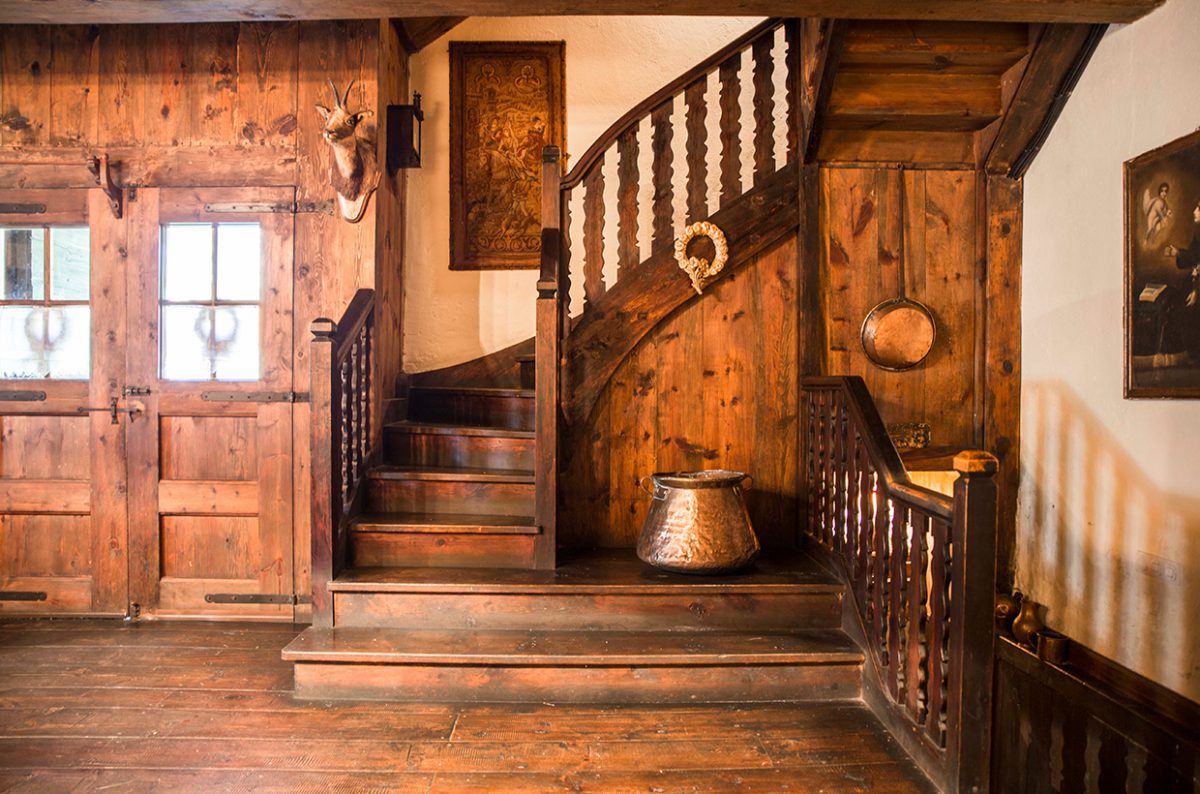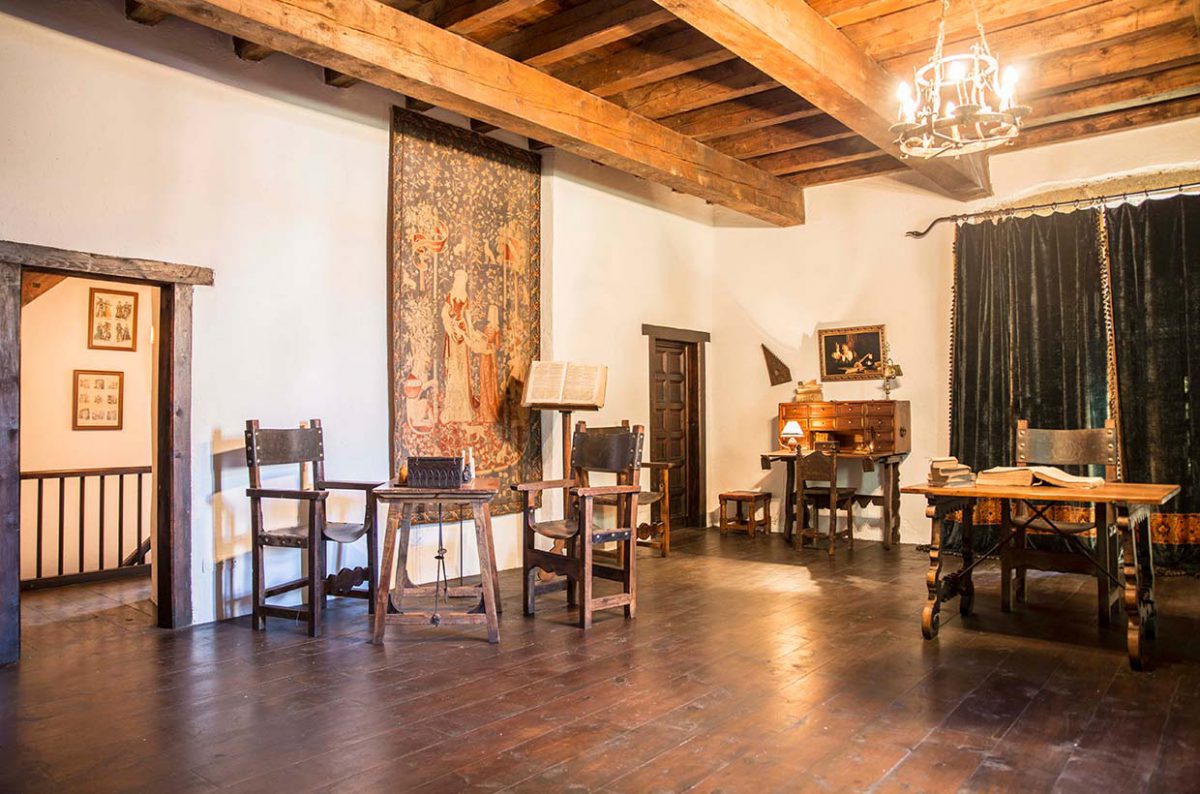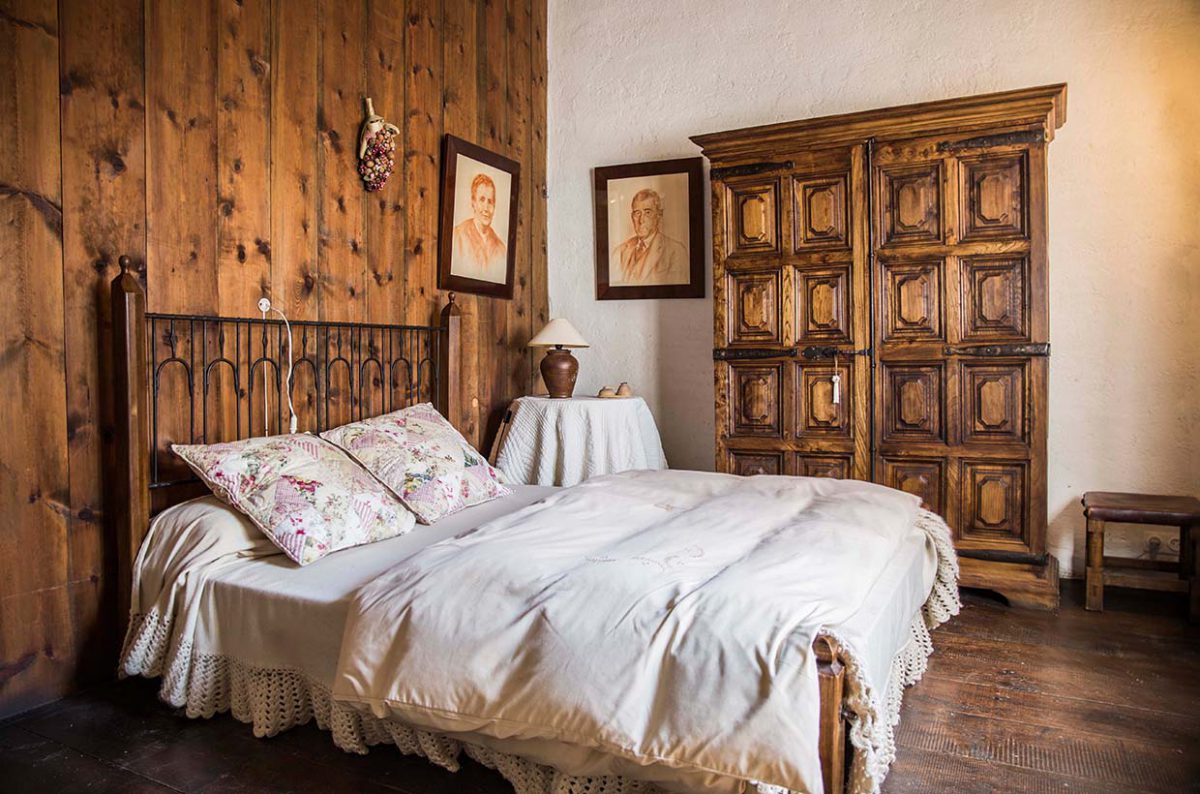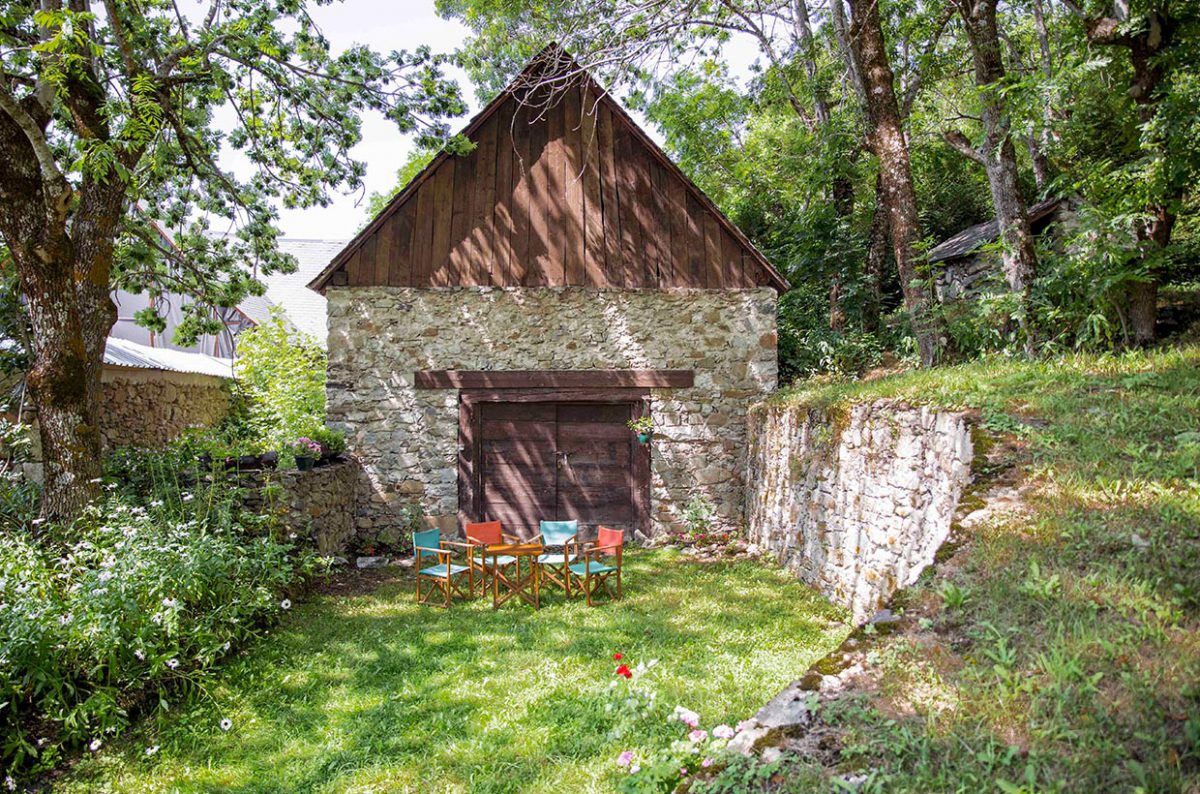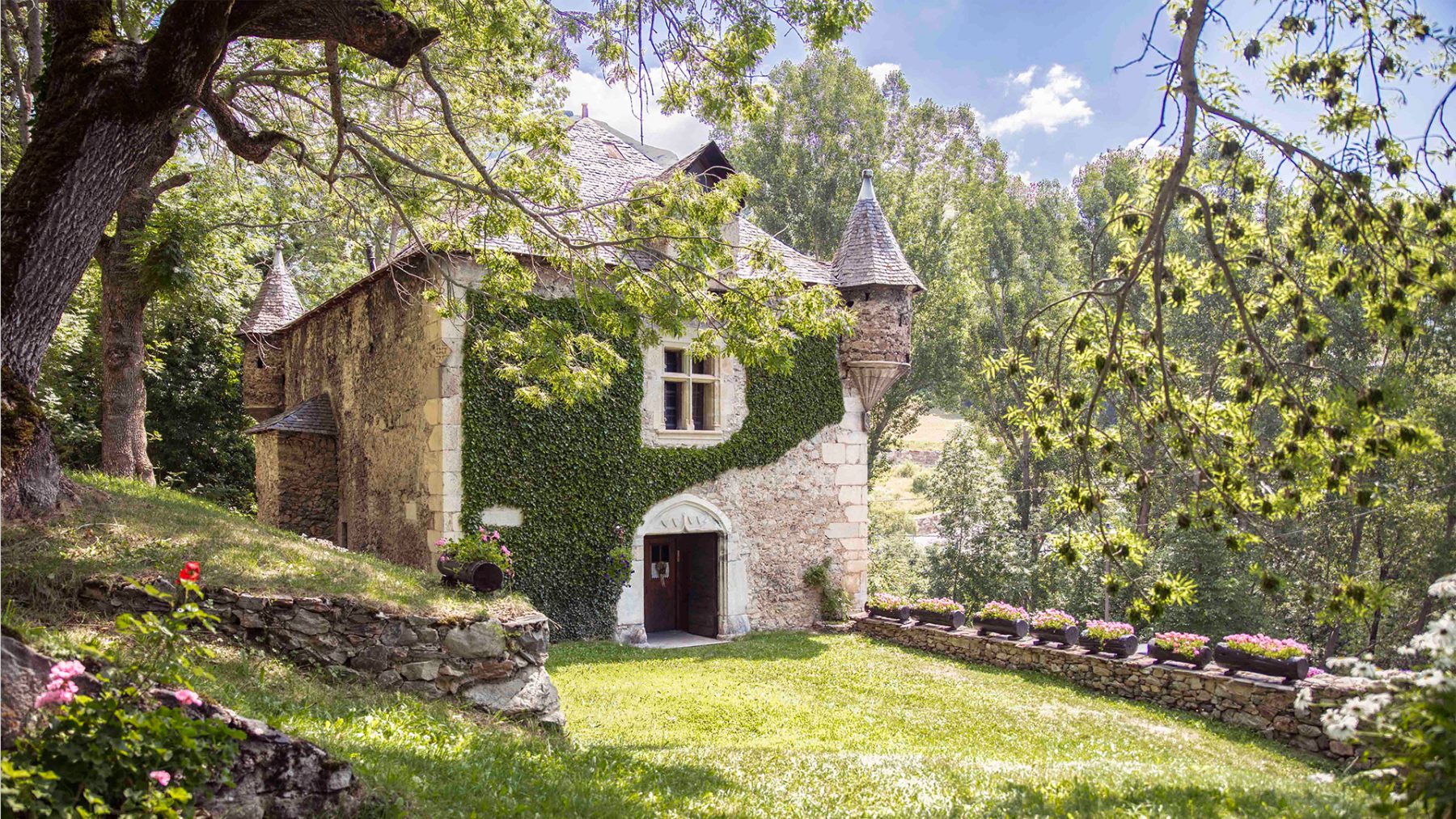Brastet Castle by Christina Libuda | 5th March, 2021 | Prime Properties
Deep in the heart of the Pyrenees, in Catalonia’s Aran Valley, lies Brastet Castle, built in 1580. Vast mountain ranges and breathtaking countryside surround it on all sides. Now this medieval stronghold has been imbued with a renewed splendour.
In the Catalan province of Lleida lies the truly idyllic Aran Valley. The rocky gorges of the Pyrenees add drama to the landscape here, amidst all the luxuriant greenery. Medieval fortresses and historic stone houses with slate roofs give the region an inimitable charm. Here on the edge of the valley, just 11 kilometres from the French border, the quaint little village of Unha is perched up on a hillside. Just one road leads through this hamlet with 114 residents – and just on its edge a very special property is there to behold.
Elsewhere in Spain, people happily head to the beach to sunbathe in the winter. Meanwhile, in the Aran Valley, temperatures drop to sub-zero. It is turned into one of the finest winter sports regions in the country. The Baqueira-Beret ski resort is known internationally for its super conditions. As well as boasting the best powder snow in the Pyrenees, it is also where the Spanish aristocracy flock for their winter break. 27 lifts and two gondolas provide comfortable access to the vast terrain, at altitudes reaching 2,510 metres. Accommodation in the resort itself includes chalets and luxury hotels. Steam from the thermal springs can be seen rising up on the mountain, while horse-drawn sleighs glide across the snow down in the valley. When a change of pace is called for, there’s a floodlit toboggan run, an ice-skating rink, saunas and an indoor pool. It quietens down in the summer months. A thin veil of fog hangs over the valley in the mornings. Hikers set off through the nearby Aigüestortes National Park, while mountain climbers take on the 3,000-metre peaks all right on the doorstep.
33 villages can be found in the Aran Valley, which for centuries remained virtually cut off from civilisation to the south – with only mule trails traversing the 2,072-metre mountain terrain. Since 1924, the winding “Bonaigua Pass” has linked the region with France. This heritage has shaped the culture of the valley, which spans some 620 square kilometres in total. Around 10,000 live here, speaking Catalan, Spanish or Aranèse, and at the weekly market, paella and tropical fruits are sold alongside baguettes and cheese loaves.
„It’s a trip back in time to the Middle Ages, but with modernday comforts.“ ANA MARÍA CRUSAFONT SABATÉ
In tourist guides, a trip around the local villages is often described as the “Romantic Route”. It is not just medieval fortresses like Brastet Castle that give the region its unique allure. There are no less than nine Romanesque churches in the neighbouring Boí Valley, with frescoes that have had them declared a UNESCO World Heritage Site. A single thoroughfare passes through the village of Unha, with Brastet Castle stood just at its entrance. Its impressively solid walls were built back in 1580 by order of King Philip II of Spain, as the Huguenots were advancing into the Aran Valley. The castle was to serve as a protective fortification. At that time it was possible to spot the Huguenots as they approached from the towers. Nowadays, with a little luck, the rare bearded vulture can be sighted – one of the emblematic species of the Pyrenees. Down below, wildflowers, old oaks and fruit trees grow in the castle garden. A barn is tucked away between them, and the gentle trickle of a fountain can be heard in the distance. Everything seems a little removed from the present, as if time had stood still.
The current owner, Ana María Crusafont Sabaté, was travelling through the Aran Valley with her family in 1959 when they came across the old castle. At that time, it had been empty for more than 20 years. “The interior was a wreck, with windows and doors either left broken and decayed or replaced without any regard for the heritage,” she says. Her family bought the historic building and set about renovating it faithfully in a Catalan style, right from the basement through to the rooftop. It now comprises a spacious living area with a fireplace, a kitchen with a pantry, a library, nine bedrooms, four modern bathrooms, and an attic.
“Age-old drawings and heavy fabrics accentuate the Medieval style.” ANA MARÍA CRUSAFONT SABATÉ
“When we bought the house, the front door had been replaced with a new one. Then, in an abandoned ruin in the town of Benasque, we discovered a 16th century door and decided to purchase it. It fits perfectly,” says Ana Crusafont. They also sourced cross windows dating from the Renaissance. The slate roof was replaced with the old tiles. Ten-metre planks of local wood were used for the floors with a rustic finish. Some of the furniture dates back to the 16th century, while people were eating from the plates as long ago as Renaissance times. “We didn’t set out to create a luxury home. Rather, a place alive with its own history,” says Ana Crusafont. Now it is time to write the next chapter in the story.
“The house has been lovingly furnished with finds from the 16th Century.“ ANA MARÍA CRUSAFONT SABATÉ
